Department of Science and Technology Secretary Mario G. Montejo recently pitched the use of a website that enables users to get relevant information on food, health, and nutrition attuned to Filipinos. Developed by the Food and Nutrition Research Institute (DOST-FNRI), the website allows users toknow their health risks, calculate their daily energy and nutrient requirements,track their food intake and physical activity, get the estimated energy and nutrient content of meals and recipes,upload their own recipes, make an appointment for professional nutrition counselling, and more, all at the same time.
Called the iFNRI website (URL: i.fnri.dost.gov.ph), it was launched February 23, t the Crowne Plaza Manila Galleria in Pasig City, ushering the harmonization of the Institute’s various services and projectsin one dynamic site.
With its user-friendly layout, easy to understand content, interactive features and software capabilities that allow data management and automatic data capture among others, the website is expected to make Filipinos better informed about health, nutrition, and wellness issues. At the same time, the website helps speed up the delivery of FNRI’s programs and services to the public. Overall, it aims to help effect better health outcomes among the population, particularly in terms of solving malnutrition in the country.
“Digital health is one such phenomenon that is gaining momentum and continues to accelerate. iFNRI is a digital health alternative that provides us with a timely option to keep up with the rapidly changing times,” said DOST Secretary Mario G. Montejo in his message delivered by DOST Assistant Secretary and Program Manager for Countryside Development UrdujaTejada.
iFNRI also enables users to know the quantity and type of food they can eat and the kind of physical activity they can do, calculate the costs of certain foods, get the nutritive value of more than 1,500 common food items in the Philippines, and find healthy recipes developed by FNRI.
Users may access and downloadhealth infographics,survey results and statistics on food consumption involving different food groupings and different population groups. In addition, users, particularly those involved in research, may also process their own data online.
Meanwhile, FNRI clients may use the site for easier tracking of the status of laboratory services. Those wanting to avail themselves of FNRI’s laboratory services can also get information from the website including the prices of nutritional analysis of food samples.
In addition, the website offers data on FNRI technologies and products transferred both locally and internationally for commercialization. Among these arecomplementary food products, stabilized brown rice which has longer shelf life, low-fat and low-sugar ice cream, and noodle products.
Also available are data on the delivery of DOST PINOY (Package for the Improvement of Nutrition of Young Children) throughout the archipelago. DOST PINOY, which is included in the national priority plans for 2016, is a package of nutrition interventionsfor children throughout the archipelago to decrease the number of underweight kids.
“Almost everyone uses the internet and owns a smartphone. The use of mobile devices is growing at a rate of 115 percent each year and the use of health and fitness mobile apps grew by 62 percent in the first half of 2014. This number was even bigger in 2015,” said FNRI Director Mario V. Capanzana in his opening remark.“This is not a trend. This has become an inevitable way of life,” he added.
Capping the launching ceremony was a hands-on demonstration of iFNRI and a Question and Answer portion where audience members were tested on their knowledge of the website and how to use it. (S&T Media Service)


Screenshots of DOST-FNRI’s new interactive website, iFNRI at i.fnri.dost.gov.ph.

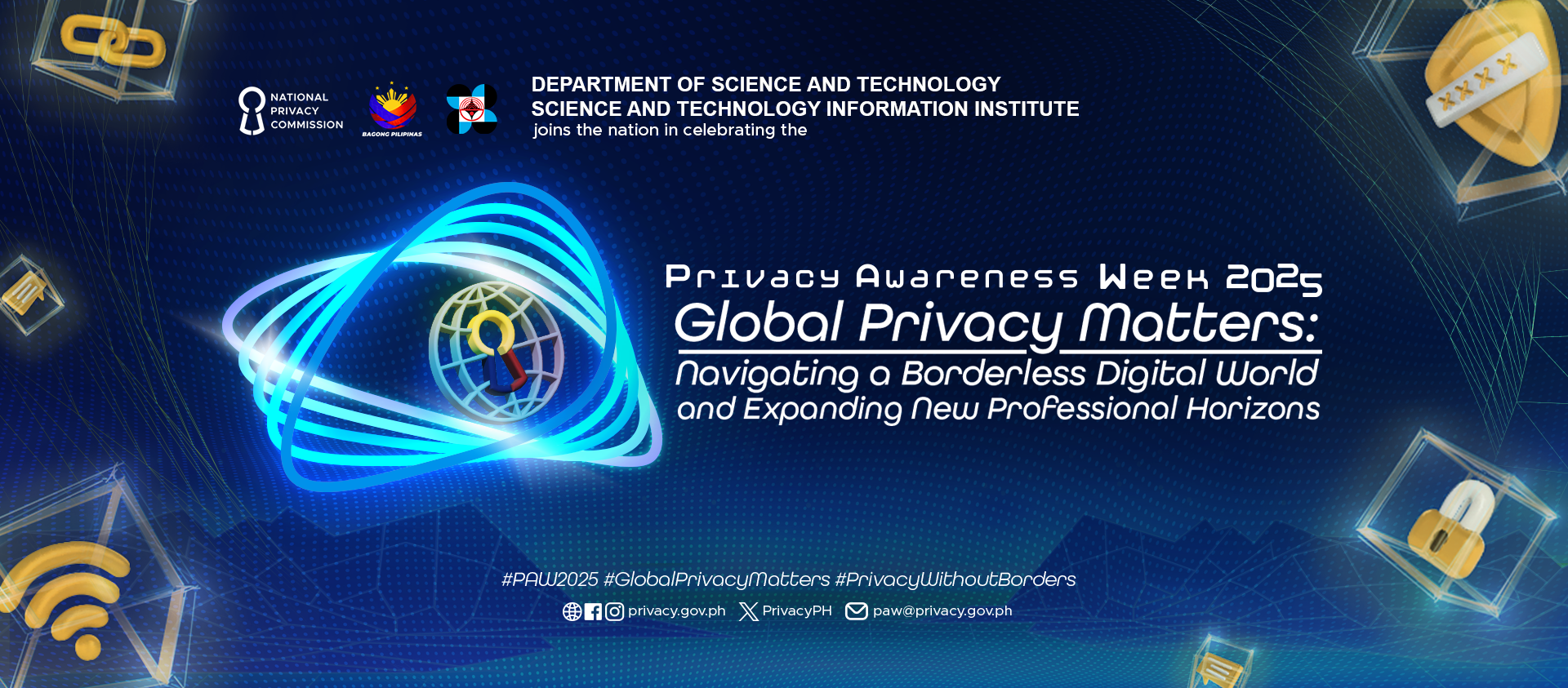
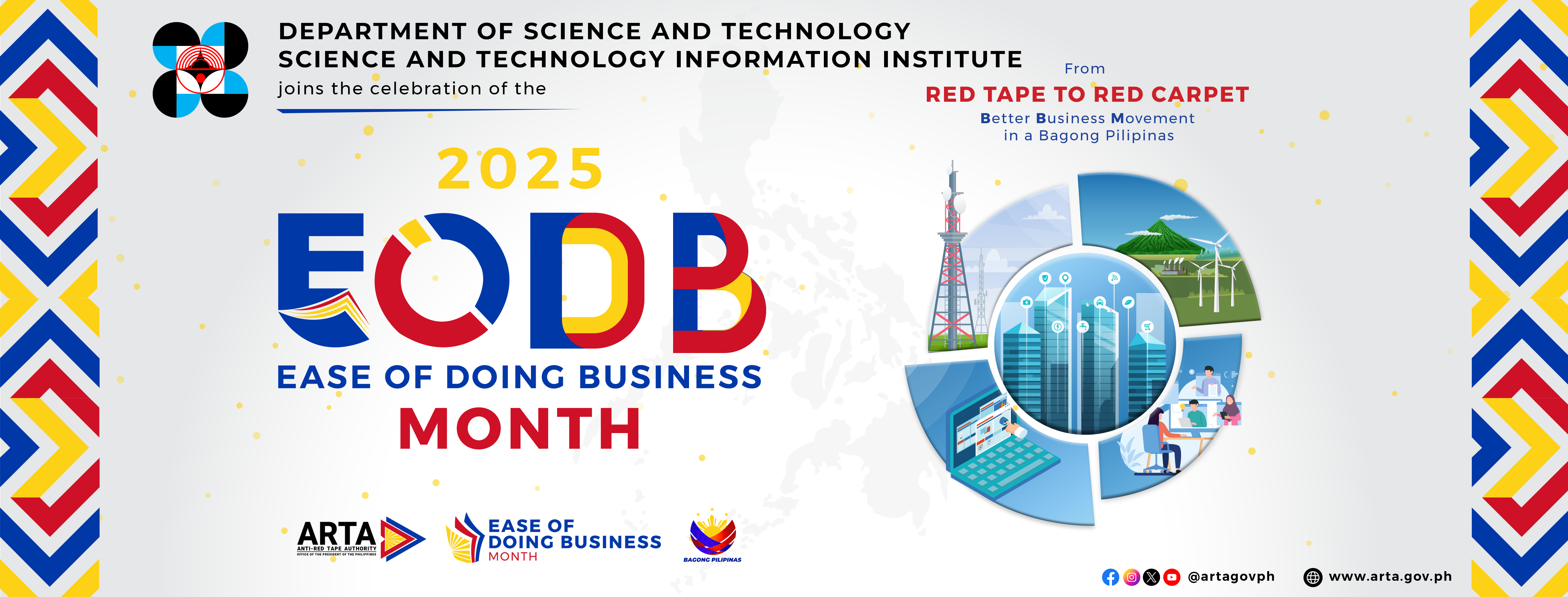
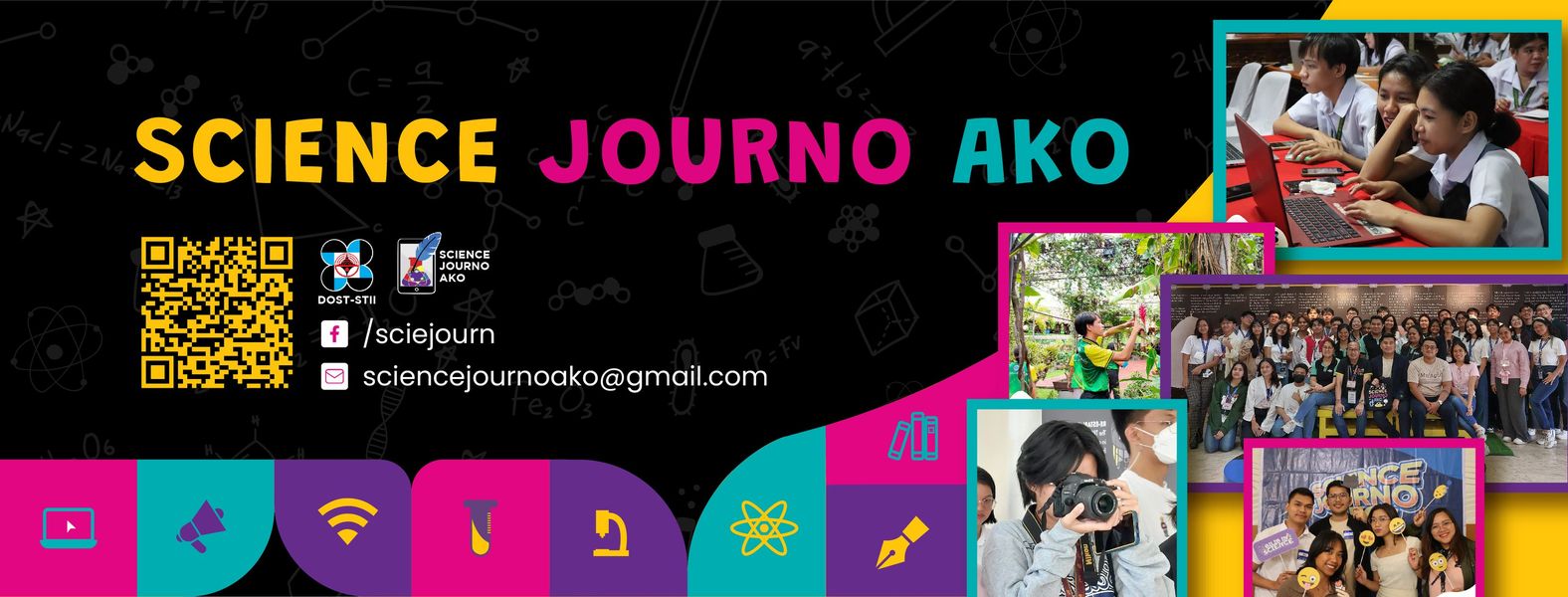

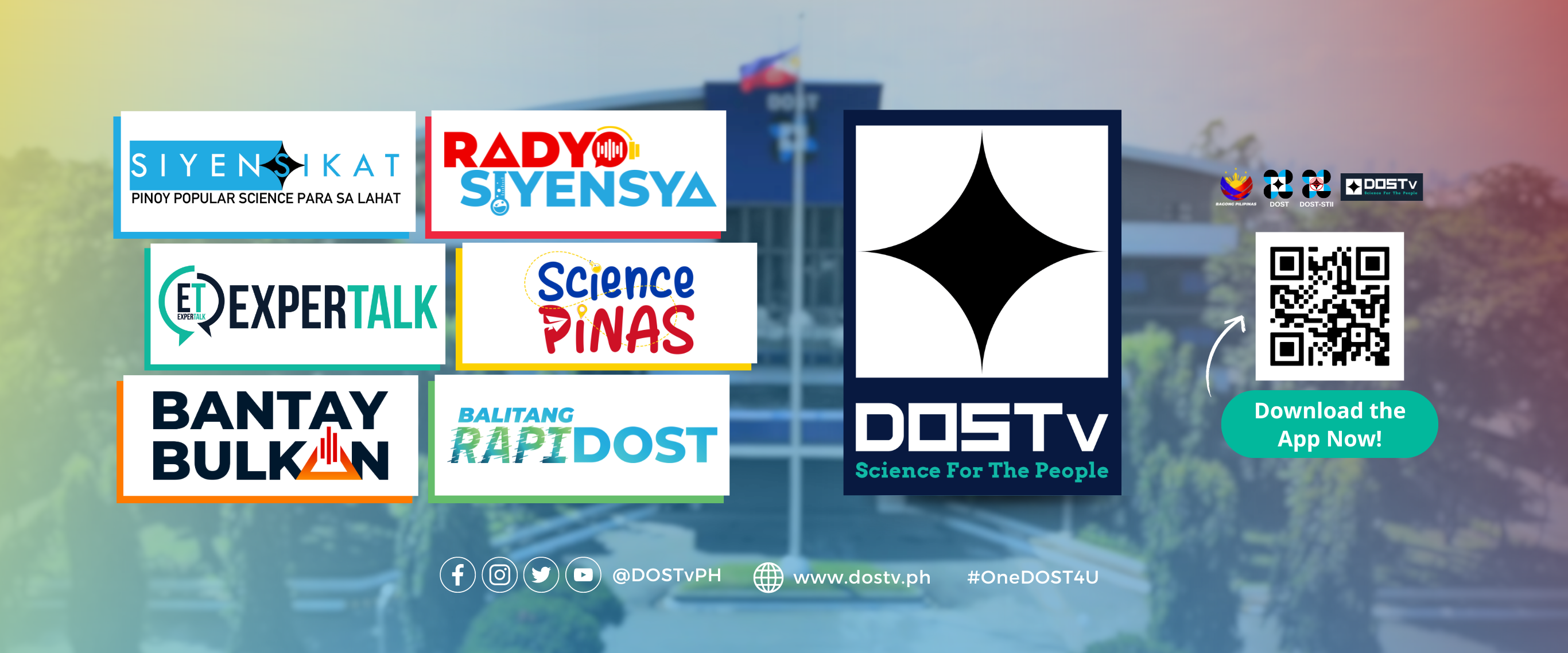

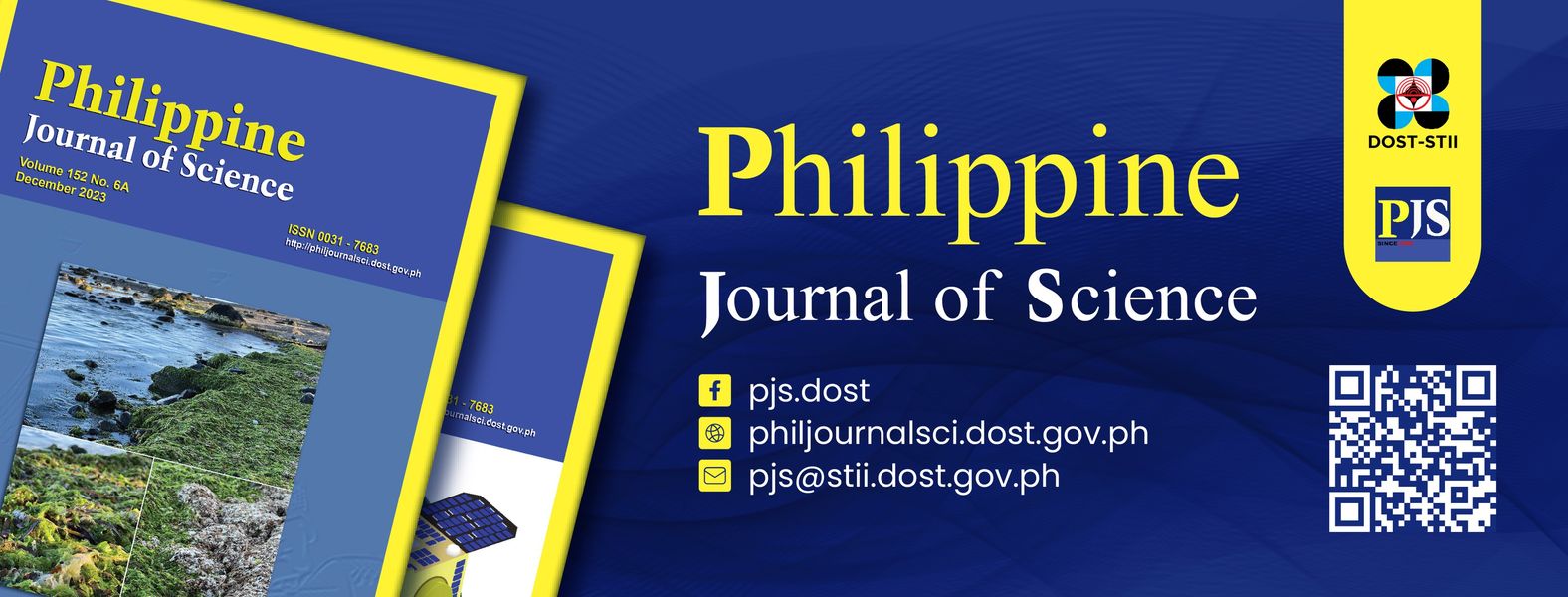




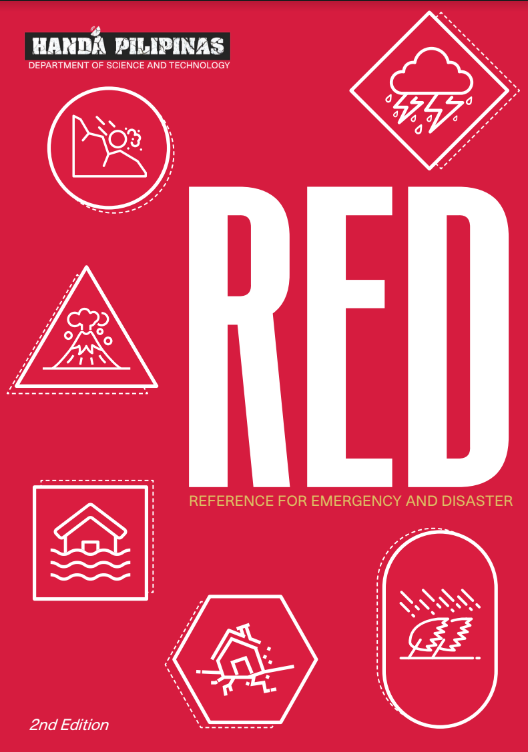





 21 in 2021 Technology Catalogue
21 in 2021 Technology Catalogue 21 in 2021 Technology Catalogue
21 in 2021 Technology Catalogue DOST Innovations - Web and Mobile Applications for Disaster Risk Reduction and Management
DOST Innovations - Web and Mobile Applications for Disaster Risk Reduction and Management